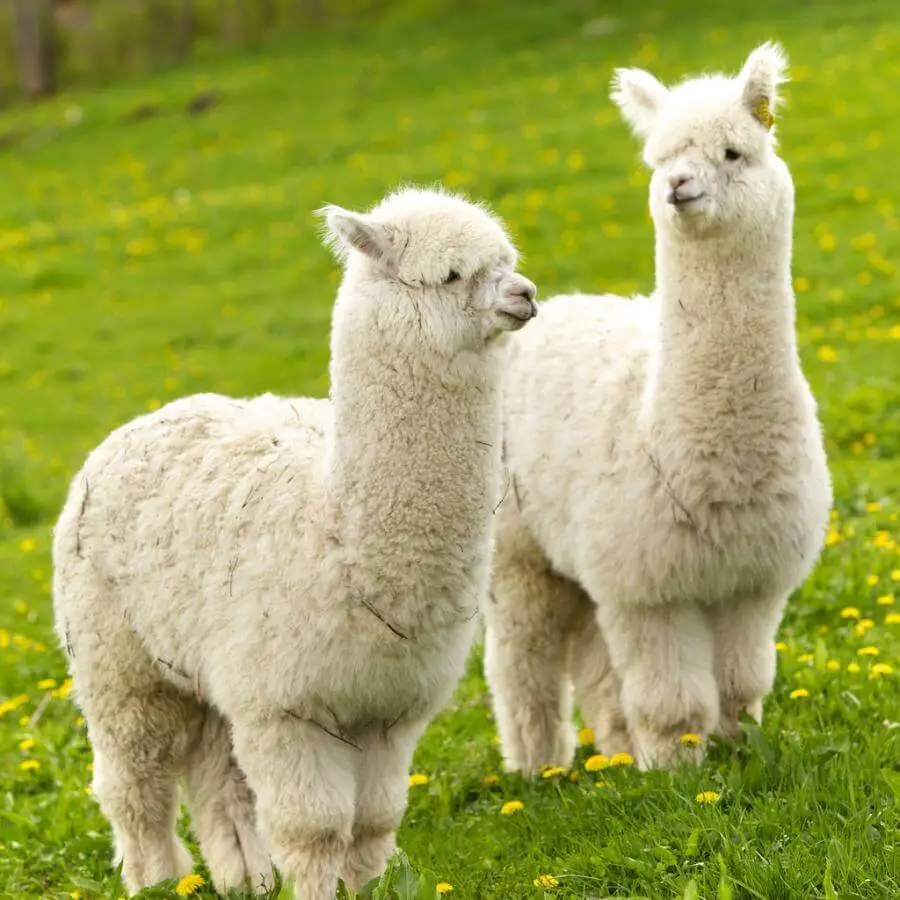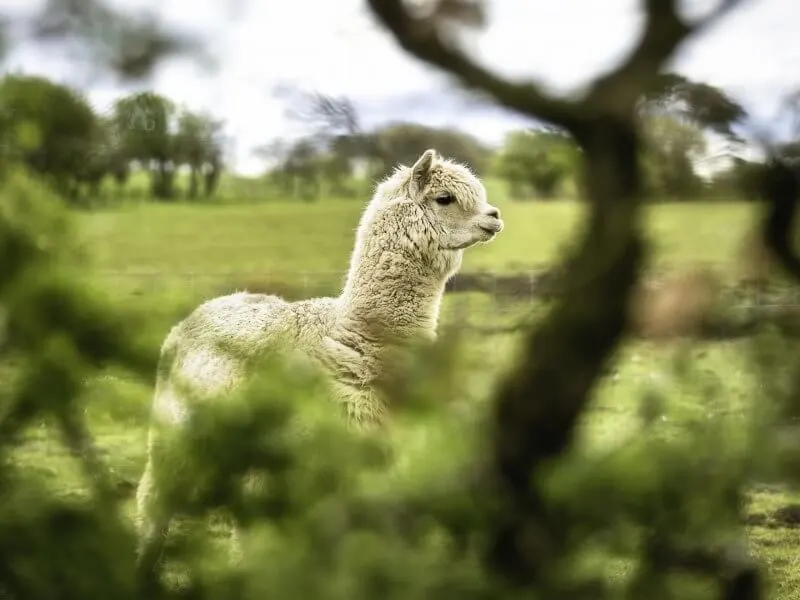
Call anytime
+64 3 327 3020

Send email
silverstream.nz@gmail.com

Location
New Zealand
- Home
- About Us
- Show Results▼
- Show Results – 2023
- Show Results – 2022
- Show Results – 2021
- Show Results – 2020
- Show results – 2019
- Show Results – 2018
- Show Results – 2017
- Show results – 2016
- Show results – 2015
- Show Results – 2014
- Show Results – 2013
- Show Results – 2012
- Show Results – 2011
- Show Results – 2010
- Show Results – 2009
- Show Results – 2008
- Show Results – 2007
- Show Results – 2006
- Show Results – 2005
- Show Results – 2004
- Show Results – 2003
- Alpaca For Sale▼
- Alpaca Exports
- About Alpacas▼
- Farm Tours
- Accommodation



